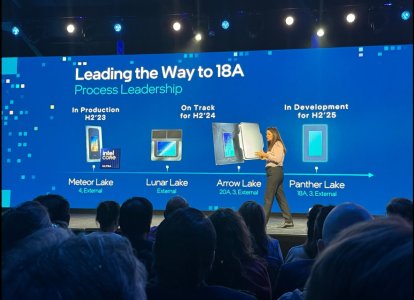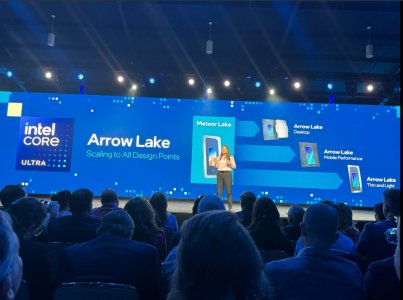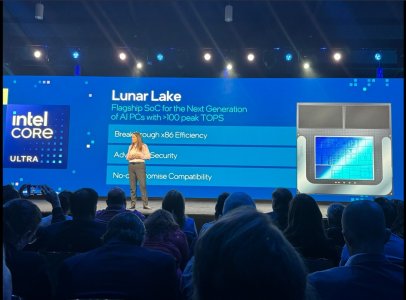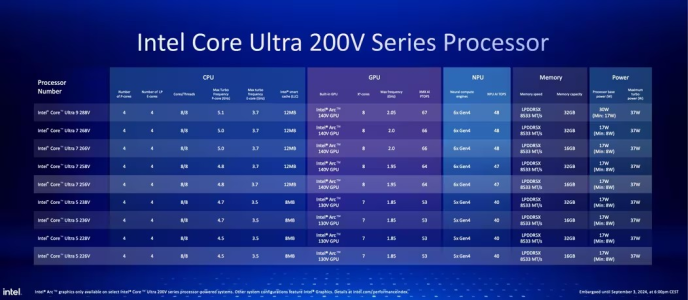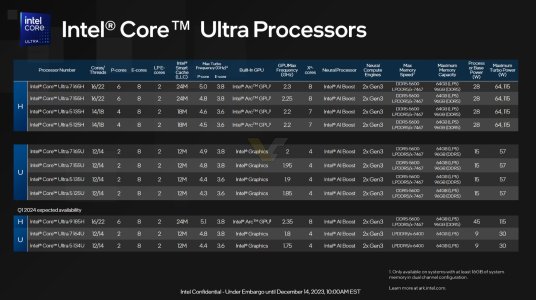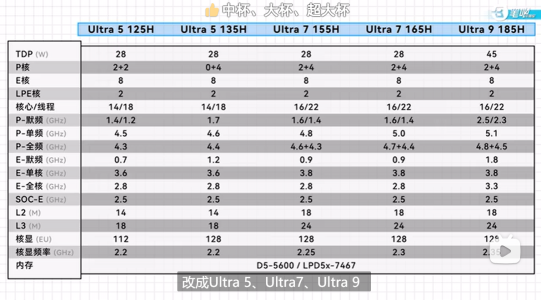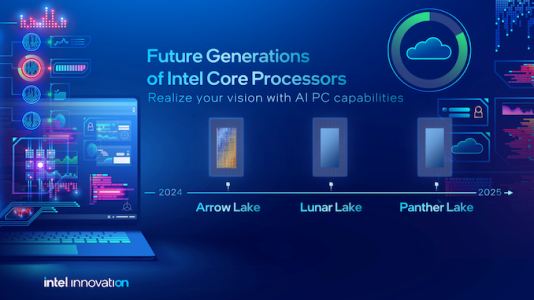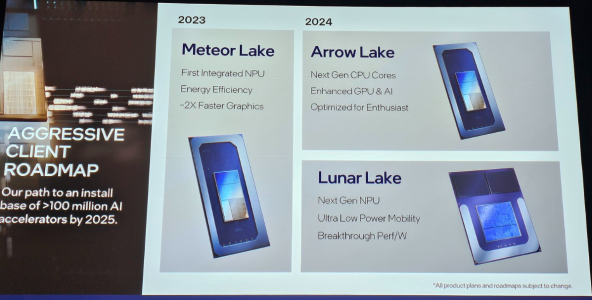Anyone who thinks that throwing transistors ( aka having better process/packaging ) at performance does not work should see how 5800X3D or 7800X3D perform compared to vanilla variants. Same core right? 0 increase of everything right? Would not even register under what mr.
@itsmydamnation listed above.
REALITY is that modern cores in "average" workload ( read not CB23 ) are completely dependant on branch prediction and memory subsystem performance. Throwing transistors at TLBs, BTBs, caches and queues works wonders for performance and guess what, it also improves efficiency, as hitting some cache is obviuosly better than going to memory and idling 500+ ROB machine.
I don't have any data, but i have seen ChipsAndCheese claim that it takes 5x more energy to go to memory instead of hitting some on chip cache and there is obviuosly large steps on where you hit, L1, L2 or L3?
So impossible to compare Zen3 that has moved to 32MB of L3 per core to WLC that was lowest point in caching that Intel is recovering to this day.
WLC is real stupid core from caching PoV as it was the first Intel core that went away from inclusive L2. Already SNC was moronic in a way 512KB L2 for 8 cores would be burning 4MB of L3 from pool to keep L2's inclusive with massive traffic and other problems.
So WLC was 1st generation product with WORST of all worlds, slow L2 cache, weak and slow L3 caching coupled with mobile levels of memory performance.
No wonder that 14nm backport of WLC did not dare to go this route and had old, inclusive 512KB L2 config, creating abomination of a product.
Intel surely can continue to throw transistors and expect good results, things can go only better if they increase L2 further, add even more L3. They are already paying that insane latency for L2 tax since WLC days, so as Raptor Lake has shown, why not reap capacity benefits.
In fact my prediction in early posts was that Intel would double dip into L2 capacity by combining two cores resources into pool of 4-6MB of L2, their latency is bad enough to allow it, so they only need to insert intermediate level of core private caches for it to shine.
